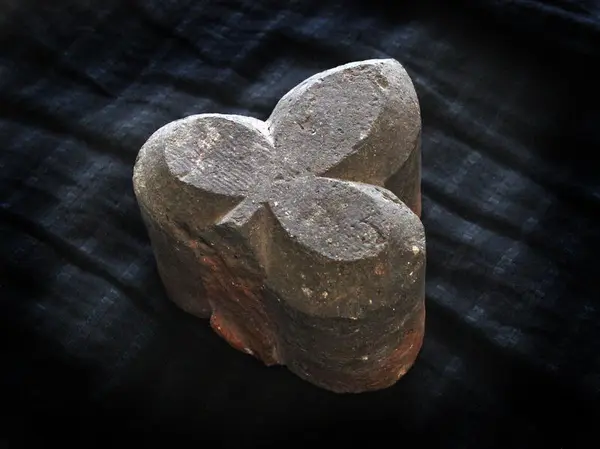- 1/1
Tegl.
Teglovnen
En stor teglindustri ble anlagt på Tallak (derav navnet) der Slottsfjellsmuseet i dag har sitt bygdetun. Antagelig ble det i nærmere 300 år, fra midten av 1200-tallet til et stykke ut på 1500-tallet, produsert tegl her.
Teglsteinen ble hovedsakelig brukt til monumentalbygninger på borgen og i byen, men kan også godt ha blitt eksportert. Den store teglovnen kunne brenne opp til 20.000 tegl på en gang, med fem brenninger i året! Teglproduksjonen på Tallak er det eldste tegn på industrilignende virksomhet i Tønsberg. Selve teknikken med brent tegl har vært kjent i Egypt og i Midtøsten i flere tusen år, men i nordisk sammenheng kom den først til Danmark på 1100-tallet.
Teglverket på Tallak er et av de første som ble etablert her i landet, og Tønsberg spilte nok en ledende rolle i middelalderens produksjon av tegl. Den leirholdige jorden rundt Tønsberg ble levert som skatt til kongen. Ved bygging av borganlegget har det blitt fraktet stein og tegl opp veien og gjennom Nordkastellet. Teglkastellet ble oppført av kong Håkons sønn, Magnus, men Håkon har mest sannsynlig også brukt tegl som byggemateriale, dekorstein og som gulvfliser i enkelte bygninger.
- 1/1
Teglstein.


